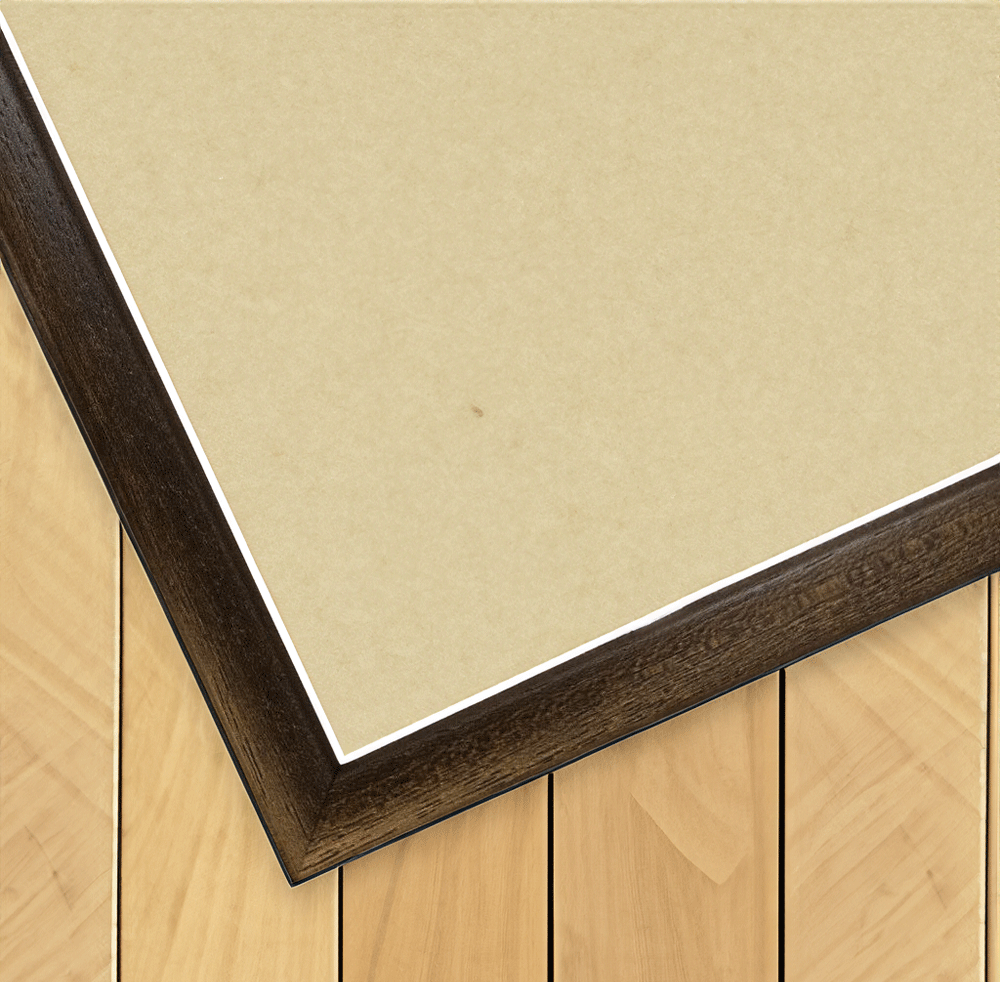Bound in brown hard cover with the title "Canina Roma Antica" in gold on the spine. Luigi Canina, architect and archaeologist, born in Casale Monferrato on 23 October 1795, died in Florence on 17 October 1856. He studied in Turin with Ferdinando Bonsignore.
The Flaminian Circus was a circular area in ancient Rome, located in the southern part of the Campus Martius, near the Tiber River. It contained a small racetrack used for dark games and various other buildings and monuments. It was built by Gaius Flaminius Nepos in 221 BC. The circus was not designed to compete with the larger Circus Maximus, but was used for various purposes, such as assemblies, the market and public games². Some of these games were the Ludii Tauri, held in honor of the gods of the underworld, in which horses raced with only one jockey².
Numerous structures stood near the Flaminian circus, including the temple of Apollo Sosiano or in Circo, dedicated to the god Apollo and perhaps also to the goddess Diana. The temple was rebuilt by Gaius Sosius, probably shortly after his triumph in 34 BC, and then dedicated in the name of Augustus. The three raised columns visible today belong to the renovation of the Augustan era.
The Circus Flaminio was abandoned towards the end of the 4th century, together with the buildings that had arisen in the area over the centuries. The remains of the temple were occupied by medieval buildings and no trace of them was lost until the 1930s.









